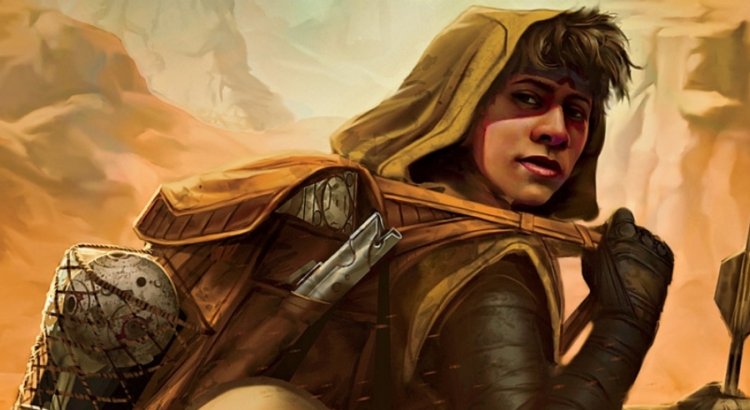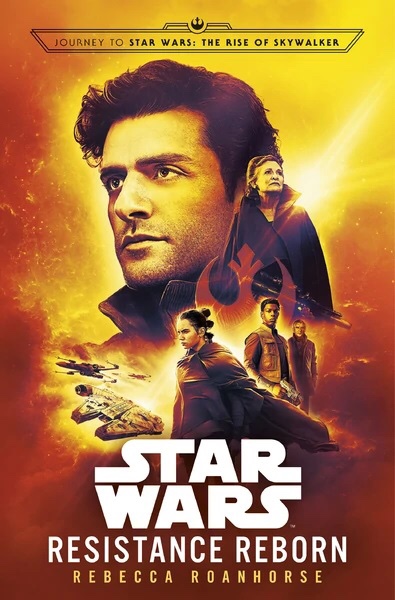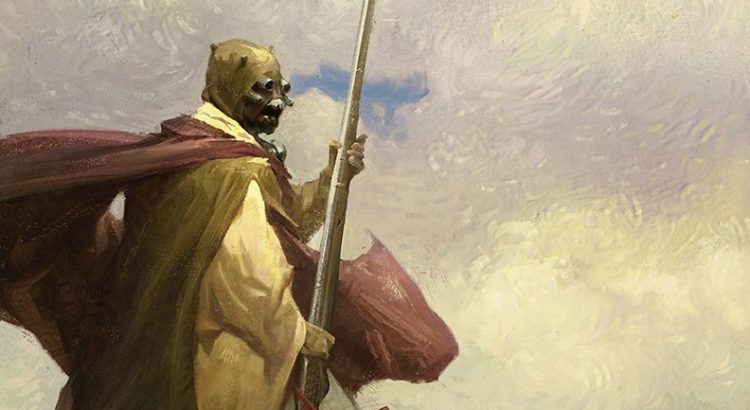
There’s a certain type of Star Wars film-adjacent novel that I like to call a “movie explainer.” Best exemplified by the Darth Plagueis novel of the Legends era, it’s a book that has its own story but also seems to some readers to “fix” or “explain” a film in a way not seen on screen. Sometimes people want Star Wars books to do this – we’ve all seen the tendency recently to want movie novelizations in particular to “fix” something people didn’t like in the movie.
There’s another kind of Star Wars film-adjacent novel: the backstory novel. These novels either introduce us to the new characters from the film or they provide more story for characters we’ve just met on screen. The novels around Rogue One are a great example of these – Del Rey’s Catalyst and Disney’s Rebel Rising and Guardians of the Whills were brilliantly well-received introductions and expansions to Rogue One.
Queen’s Peril, by E.K. Johnston, is definitely a movie-adjacent novel – but it’s neither a “movie explainer” nor a backstory novel. It runs partially concurrent to the events of The Phantom Menace and sheds new light on the film, but not out of a desire to “fix” the movie or to add lore for the sake of lore. If you’ve read Johnston’s first Padmé book, Queen’s Shadow, you know what to expect: it’s a novel about Padmé and her handmaidens and their relationship to each other as they navigate the strangeness of Naboo politics. Queen’s Peril adds context and backstory to The Phantom Menace and reinforces how we should’ve seen the film all along. How? By reminding us of one thing: Queen Amidala is the main hero of The Phantom Menace.
Read More



